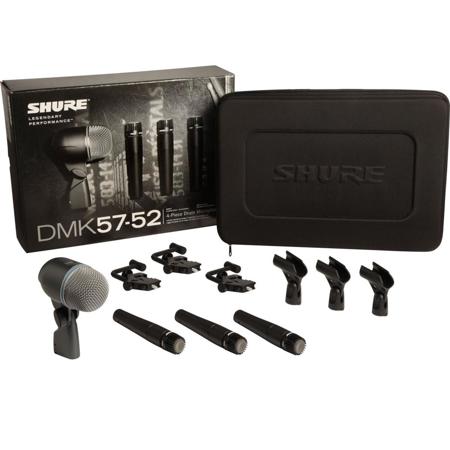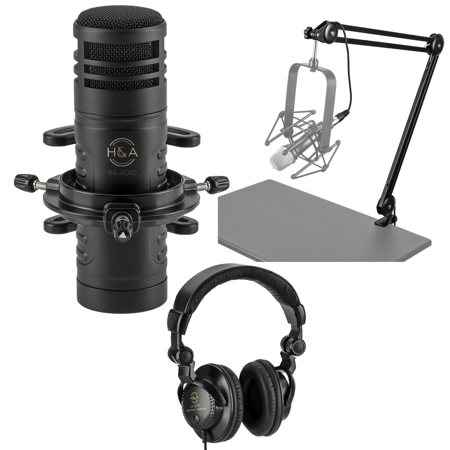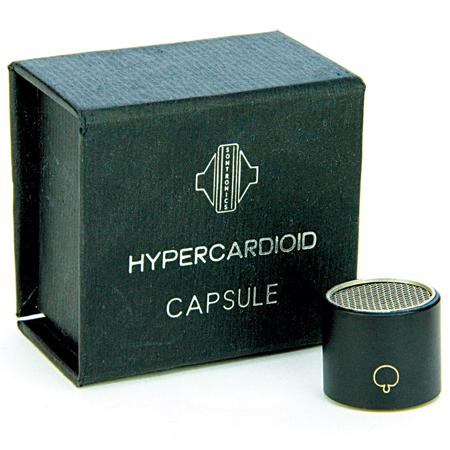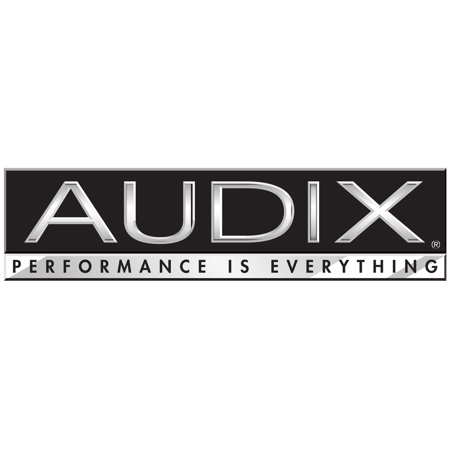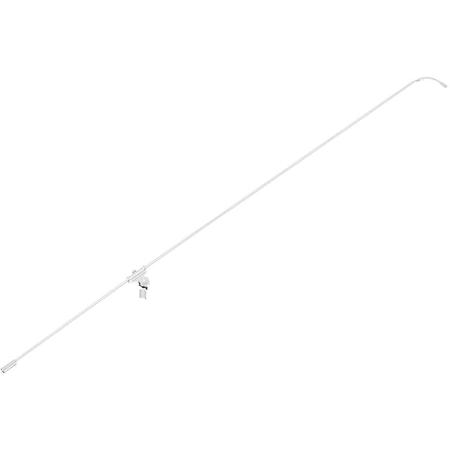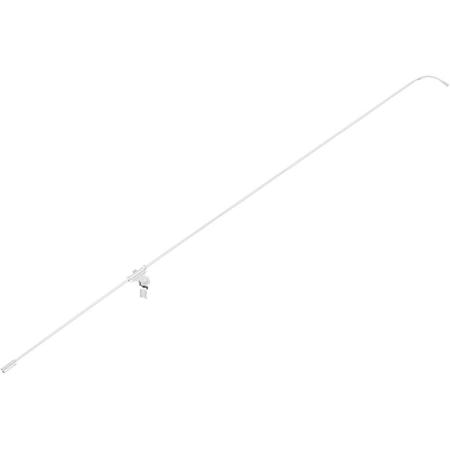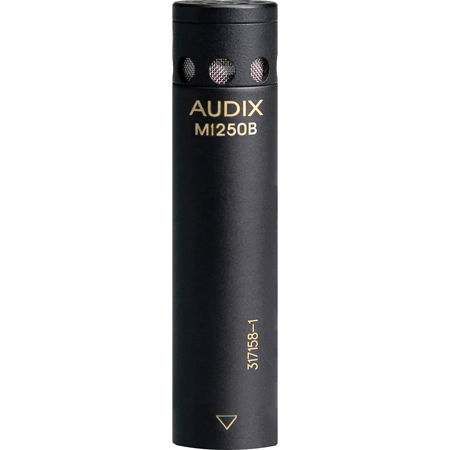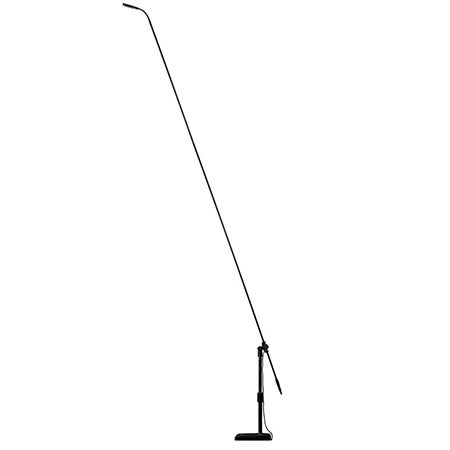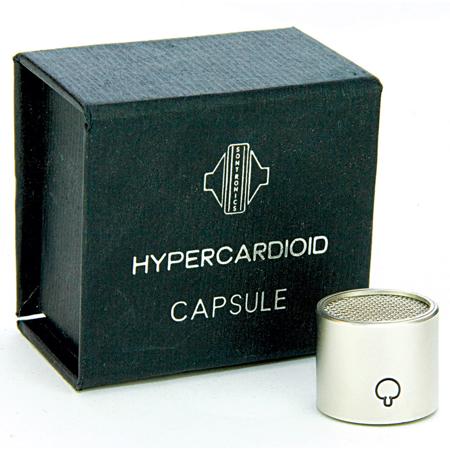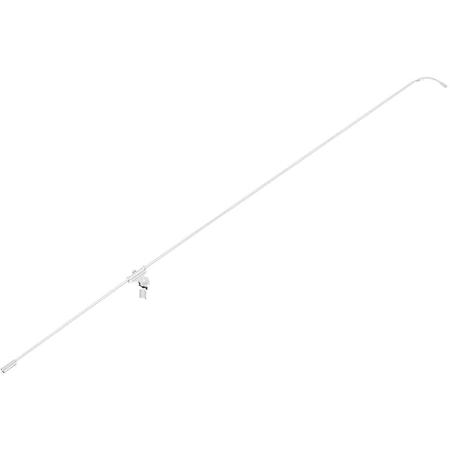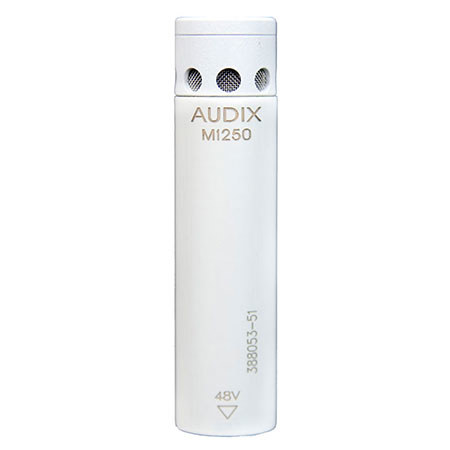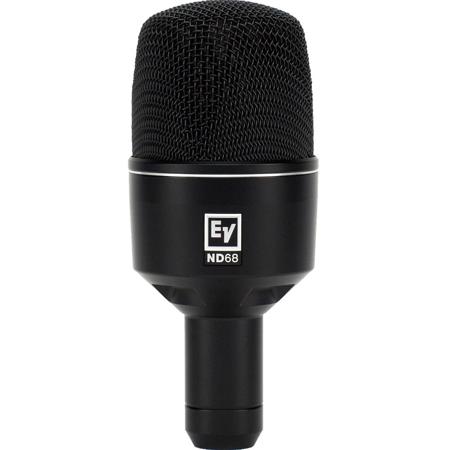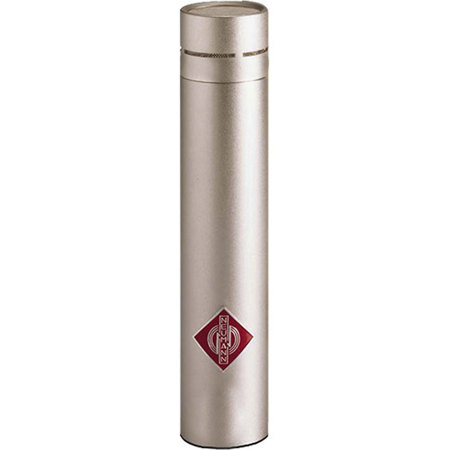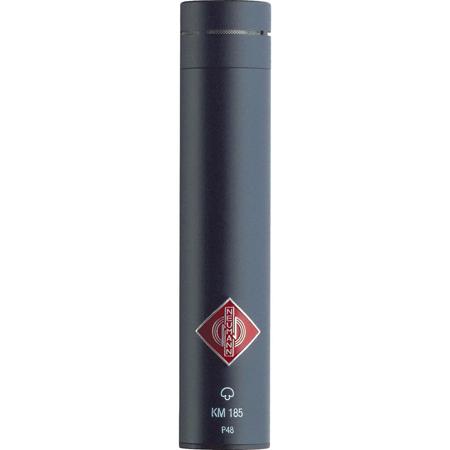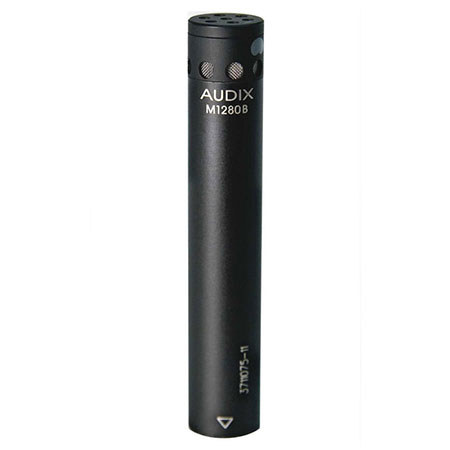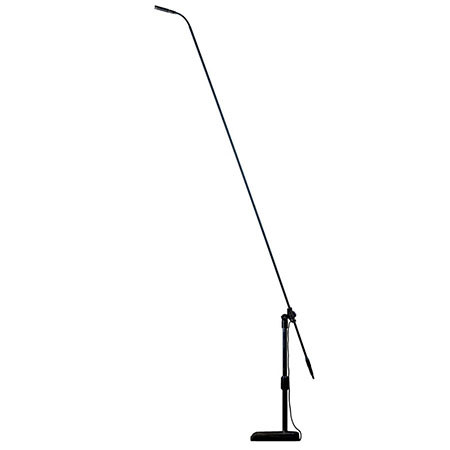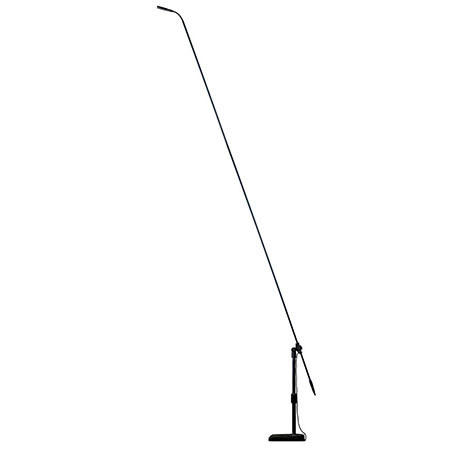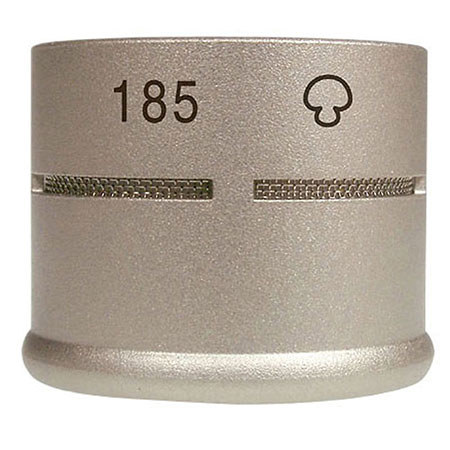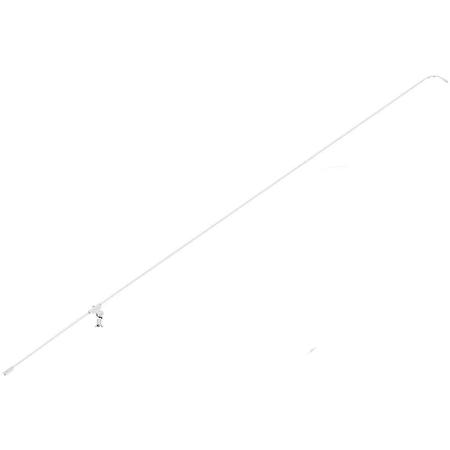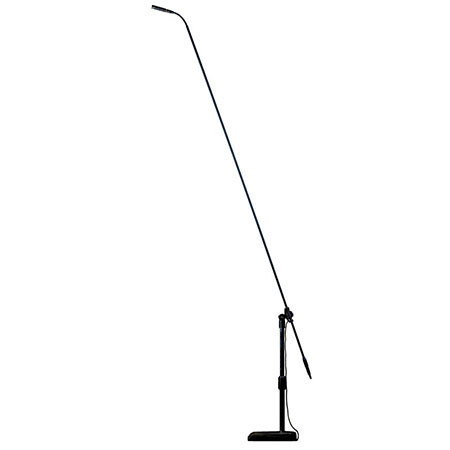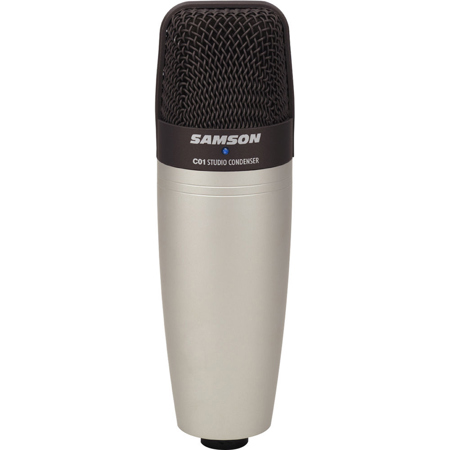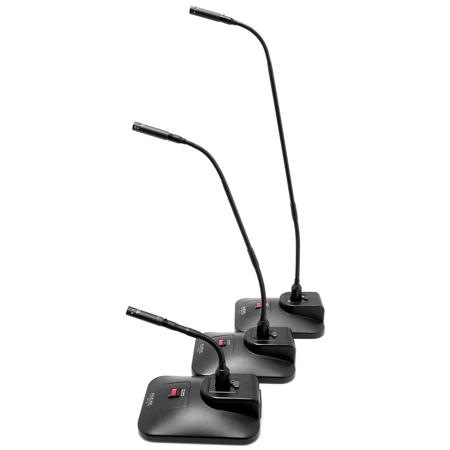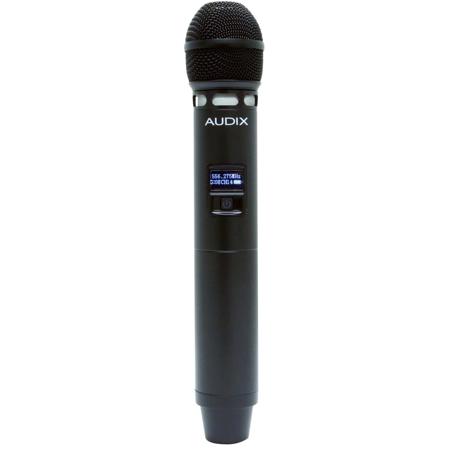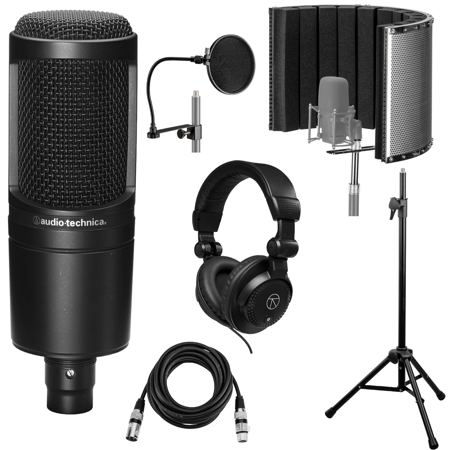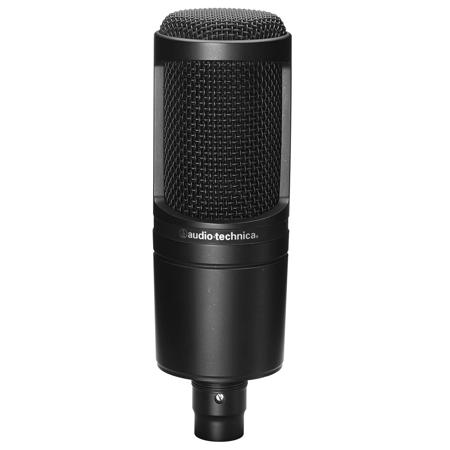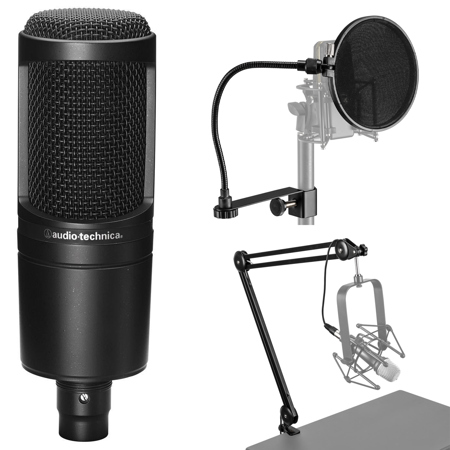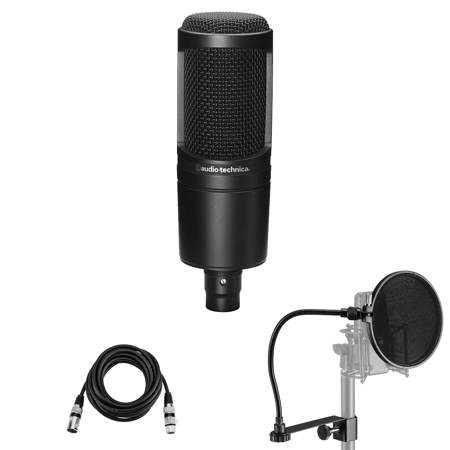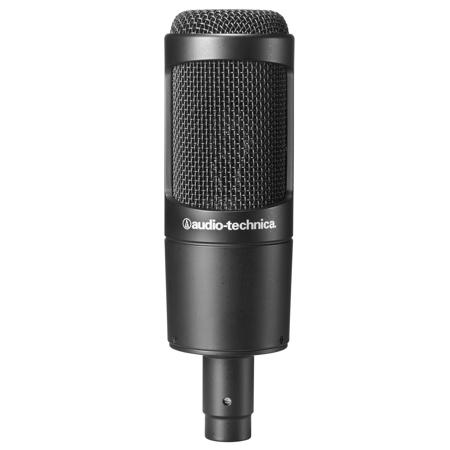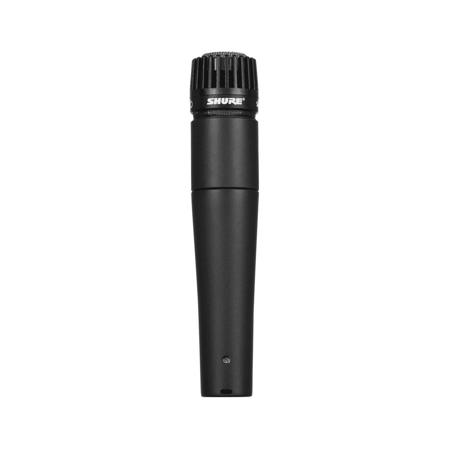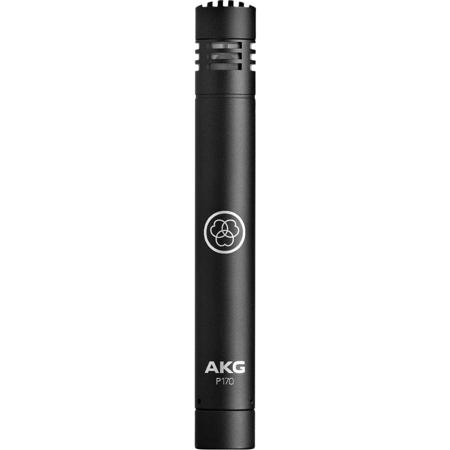Hypercardioid Microphone For Drums
When it comes to capturing the intricate, dynamic sound of drum kits in both studio and live settings, a hypercardioid microphone stands out as a trusted ally for audio engineers, musicians, and producers alike. The unique polar pattern of a hypercardioid mic is engineered to focus intently on the sound source directly in front of it while minimizing bleed from other instruments and ambient noise. This makes it an exceptional choice for miking drums, where isolation and clarity are paramount. Whether placed on a snare to catch every crisp rimshot or positioned over toms to highlight their resonant punch, these microphones excel at delivering the nuanced attack and tonal character that define a drummer’s performance. In bustling venues or acoustically challenging environments, the added rear rejection of a hypercardioid design becomes invaluable, ensuring that the raw energy of the drums cuts through the mix without unwanted interference from cymbals, guitar amps, or crowd noise.
For those building out a professional drum recording setup or enhancing a live stage rig, the decision to invest in a hypercardioid microphone for drums is often driven by both technical requirements and creative ambition. Seasoned session drummers, touring professionals, and ambitious home studio owners all benefit from the precision and control these microphones provide. With autumn in full swing and the live music season ramping up, many musicians and sound engineers are fine-tuning their gear in anticipation of indoor concerts, recording projects, and holiday performances. Gifting a high-quality hypercardioid mic to a drummer or aspiring producer can be a thoughtful gesture—one that supports their craft and inspires new creative possibilities. These microphones are also favored by educators and students in music programs, where clear, isolated drum tracks are essential for both performance assessment and ensemble recording. The versatility of a hypercardioid mic extends beyond the drum kit; its focused pickup pattern makes it suitable for percussion, brass instruments, and even certain vocal applications, adding value to any audio toolkit.
Selecting the right hypercardioid microphone for drums involves careful consideration of factors such as frequency response, durability, mounting options, and compatibility with existing audio interfaces or mixers. Rugged construction is crucial, especially for microphones that will see frequent transport or use on crowded stages. Many models are designed to handle the high sound pressure levels generated by drums without distortion, preserving the subtle textures of brushwork or the explosive impact of a well-struck snare. For those interested in exploring additional applications or seeking advice on optimal placement and integration, resources like the Hypercardioid Microphone Stage page offer further insight into the advantages of this microphone type for live and studio environments. Whether you’re capturing the thunder of a rock drummer, the finesse of jazz percussion, or the controlled groove of a session player, a reliable hypercardioid microphone is an indispensable tool that brings out the best in every beat.
For those building out a professional drum recording setup or enhancing a live stage rig, the decision to invest in a hypercardioid microphone for drums is often driven by both technical requirements and creative ambition. Seasoned session drummers, touring professionals, and ambitious home studio owners all benefit from the precision and control these microphones provide. With autumn in full swing and the live music season ramping up, many musicians and sound engineers are fine-tuning their gear in anticipation of indoor concerts, recording projects, and holiday performances. Gifting a high-quality hypercardioid mic to a drummer or aspiring producer can be a thoughtful gesture—one that supports their craft and inspires new creative possibilities. These microphones are also favored by educators and students in music programs, where clear, isolated drum tracks are essential for both performance assessment and ensemble recording. The versatility of a hypercardioid mic extends beyond the drum kit; its focused pickup pattern makes it suitable for percussion, brass instruments, and even certain vocal applications, adding value to any audio toolkit.
Selecting the right hypercardioid microphone for drums involves careful consideration of factors such as frequency response, durability, mounting options, and compatibility with existing audio interfaces or mixers. Rugged construction is crucial, especially for microphones that will see frequent transport or use on crowded stages. Many models are designed to handle the high sound pressure levels generated by drums without distortion, preserving the subtle textures of brushwork or the explosive impact of a well-struck snare. For those interested in exploring additional applications or seeking advice on optimal placement and integration, resources like the Hypercardioid Microphone Stage page offer further insight into the advantages of this microphone type for live and studio environments. Whether you’re capturing the thunder of a rock drummer, the finesse of jazz percussion, or the controlled groove of a session player, a reliable hypercardioid microphone is an indispensable tool that brings out the best in every beat.
